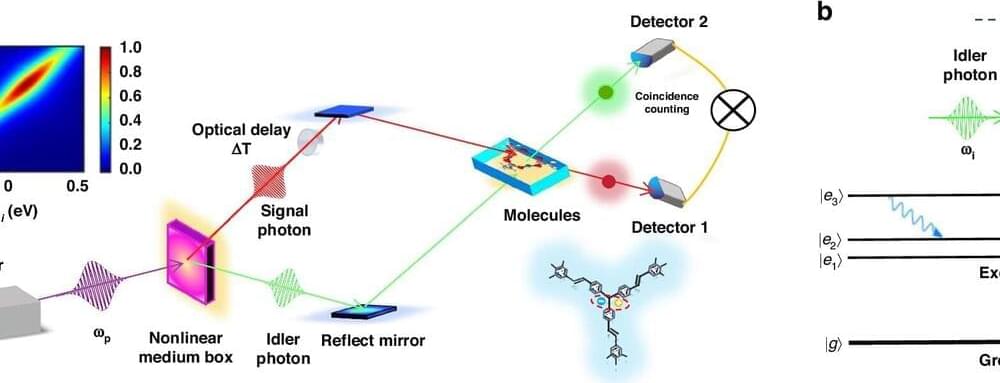Conversely, stimulated Raman spectroscopy represents a modern analytical method used to study molecular vibrational properties and interactions, offering valuable insights into molecular fine structure. Its applications span various domains, including chemical analysis, biomedical research, materials science, and environmental monitoring.
By combining these two techniques, an exceptionally powerful analytical tool for studying complex molecular materials emerges.
In a new paper published in Light: Science & Applications, a team of scientists, led by Professor Zhedong Zhang and Professor Zhe-Yu Ou from Department of Physics, City University of Hong Kong, Hong Kong, China, developed a microscopic theory for the ultrafast stimulated Raman spectroscopy with quantum-light fields.










Leave a reply